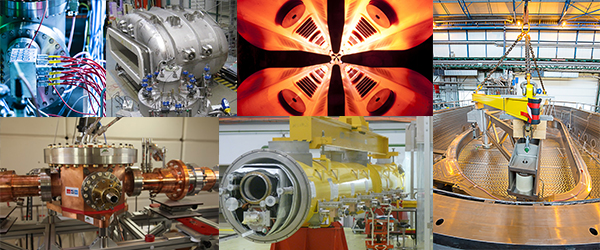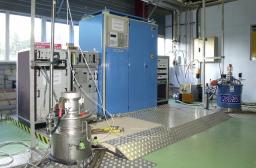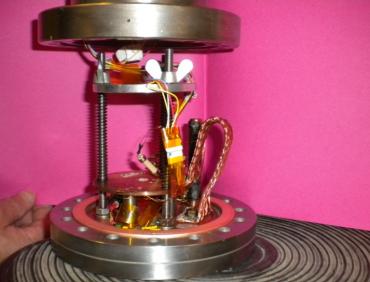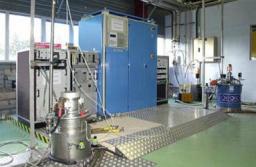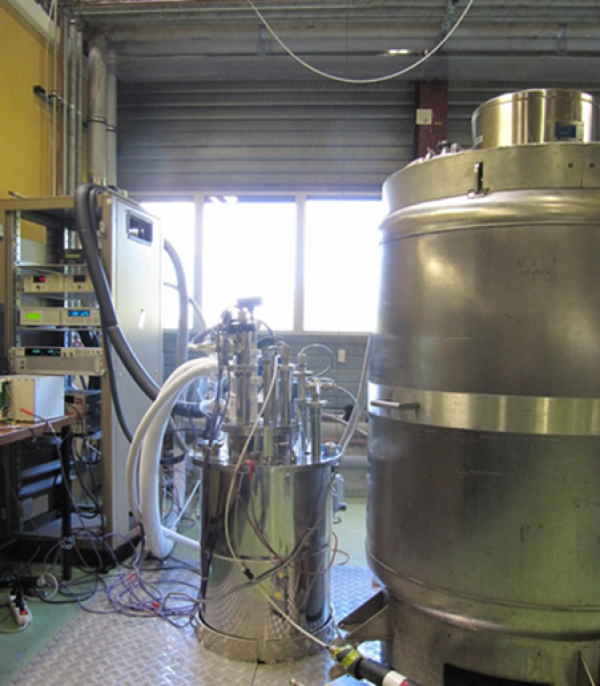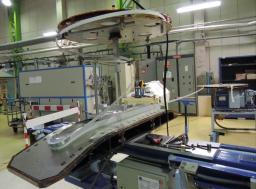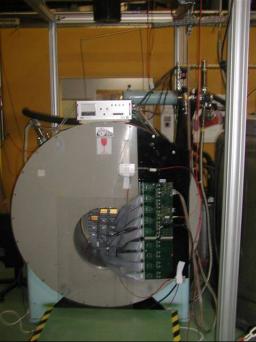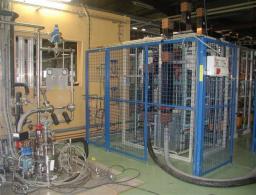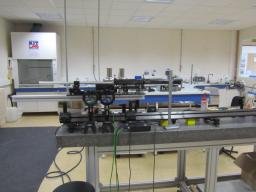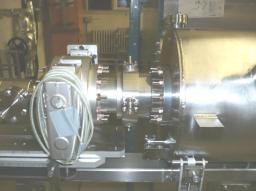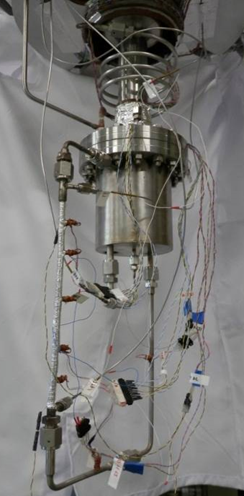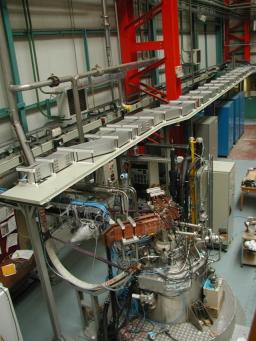Le département des accélérateurs, de cryogénie et de magnétisme a pour mission de développer et réaliser des accélérateurs de particules, des sources d’ions, des cavités accélératrices, des systèmes cryogéniques et des aimants supraconducteurs destinés aux programmes scientifiques de l’Irfu. Pour cela, le DACM possède des moyens d’assemblage, d’intégration et d’essais importants, allant de halls de bobinage et d’assemblage d’aimants, en passant par de grandes salles blanches pour les systèmes accélérateurs et des petites stations d’essais pour caractériser les matériaux, jusqu'à des stations de très grande taille capables de tester des ensembles complets.
Grâce à ses compétences de pointe, le DACM assure la maîtrise d’œuvre d’accélérateurs ou de parties d’accélérateurs tels Iphi, la conception et la maîtrise d’œuvre des aimants d’accélérateurs et des aimants intégrés à des dispositifs de détection ainsi que des dispositifs cryogéniques associés. Fort de ses compétences, le DACM applique ses technologies à d’autres champs de recherche comme l’énergie avec le tokamak JT-60SA ou les sciences de la vie avec l’aimant du projet Iseult.
Le DACM, afin d’assurer la conduite de projets de grande envergure, se doit de développer les moyens d’essais correspondants. Ainsi, il mène aussi un programme de R&D fort qui prépare l’avenir des technologies pour offrir les instruments nécessaires aux progrès de la recherche fondamentale et appliquée. Il conçoit et développe aussi les plates-formes et les stations d’essais ainsi que la production des fluides cryogéniques utilisé à l’Irfu.
![]() Accès au site internet du DACM : http://irfu.cea.fr/dacm/index.php
Accès au site internet du DACM : http://irfu.cea.fr/dacm/index.php
Chef du Département : Pierre Védrine
Adjoint : Christophe Mayri

